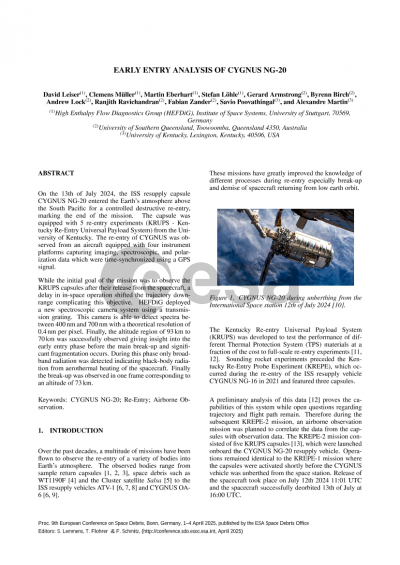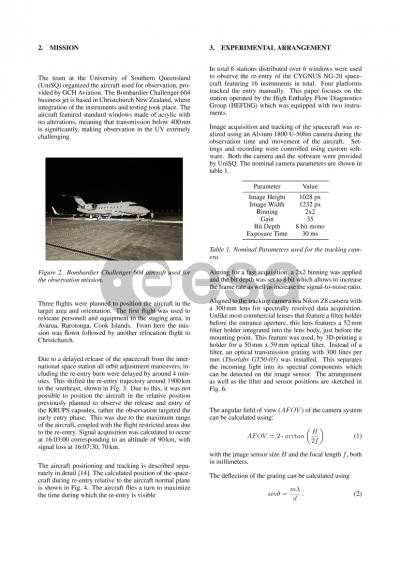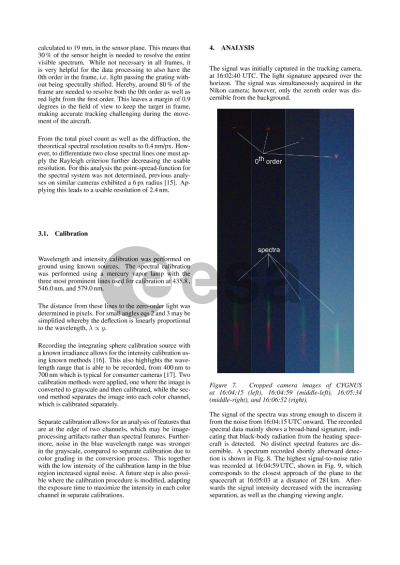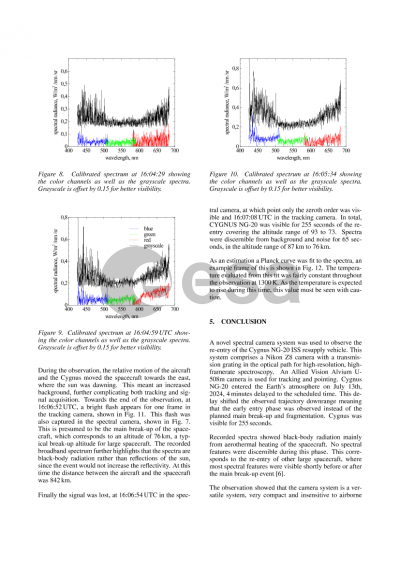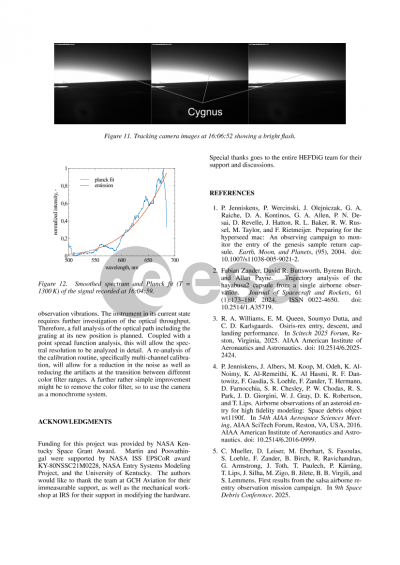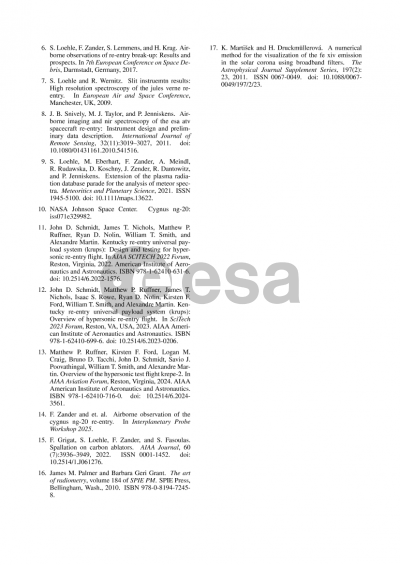Document details
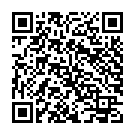
Abstract
On the 13th of July 2024 the ISS resupply capsule CYGNUS NG-20 entered the Earth’s atmosphere above the south pacific for a controlled destructive re-entry, marking the end of the mission. The capsule was equipped with 5 re-entry experiments (KRUPS) from the University of Kentucky. The re-entry of CYGNUS was observed from an aircraft equipped with four instrument platforms capturing imaging, spectroscopic, and polarization data which were time synchronized using a GPS signal.
While the initial goal of the mission was to observe the KRUPS capsules after their release from the spacecraft, a delay in in-space operation shifted the trajectory downrange complicating this objective. Finally, the altitude region of 90km to 75km was successfully observed giving insight into the early entry phase before the main break-up and significant fragmentation occurs.
HEFDiG deployed a new transmission grating based spectroscopic camera system. This paper will show the experimental setup, its features and methodology of data acquisition and calibration. The captured wavelength region of 450 to 700 nm, will be the focus of the analysis. Recent findings from this novel system are presented and discussed in the final paper.
Preview
